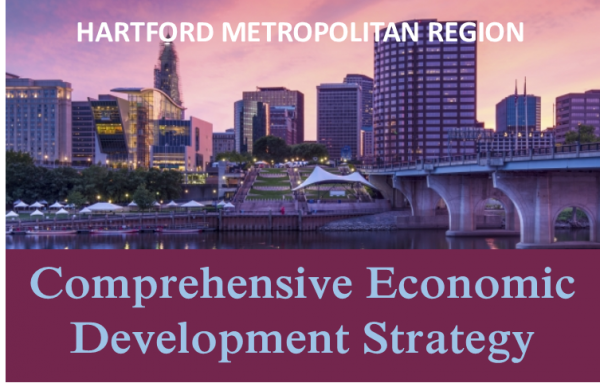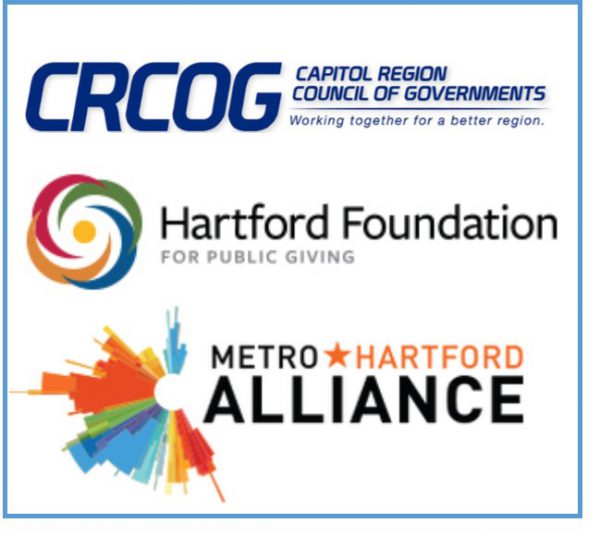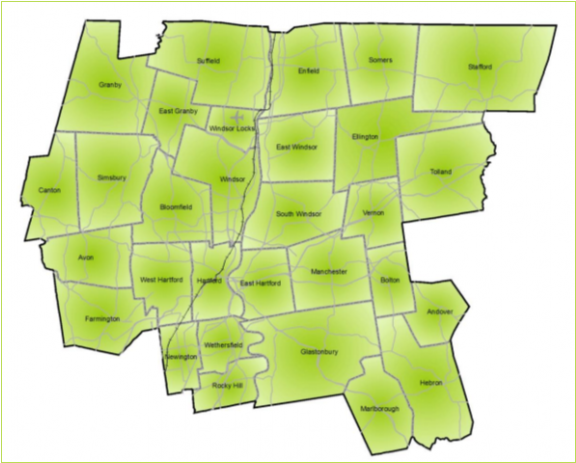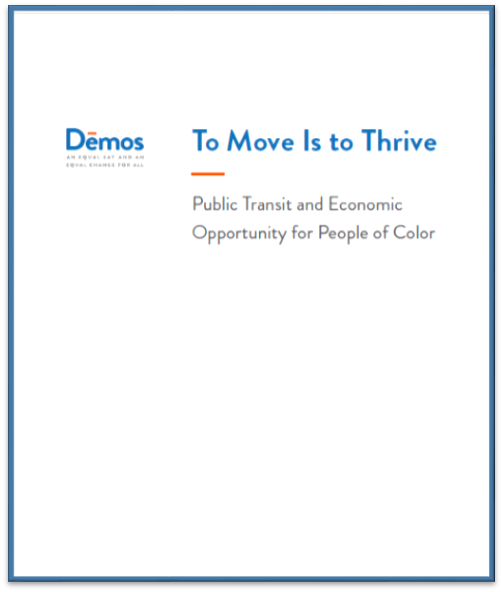More Than 1,500 College Students from CT Save Average of $7,700 in Tuition in New England Program
/Seventy-eight percent of college students from Connecticut participating this academic year in a reciprocal tuition reduction program coordinated by the New England Board of Higher Education (NEBHE) attend undergraduate programs at state colleges and universities. That’s the highest participation level at state colleges and universities among the six New England states, and provides Connecticut students, on average, with $7,747 in tuition savings. That's the third highest average tuition savings among the six states. In an annual report on the Regional Student Program (RSP), also known as Tuition Break, NEBHE reported that more than $59 million in tuition savings was provided during academic year 2017-18 to 8,654 participating students throughout the region. Just over 1,500 of them are from Connecticut.
The RSP allows eligible residents of the six New England states to pay a reduced tuition rate when they enroll at out-of-state public colleges and universities within the region and pursue approved degree programs not offered by their home-state public institutions. In some cases, students may be eligible when their home is closer to an out-of-state college than to an in-state college. Connecticut residents are eligible for more than 500 undergraduate and graduate degree programs with the RSP Tuition Break.
There were more students coming in to Connecticut public institutions of higher education from other New England states than Connecticut students pursuing their education elsewhere in the region. There were 239 students from Connecticut attending community colleges elsewhere in the region, while 197 students came into Connecticut.
Among the institutions seeing the highest number of incoming students in the Tuition Break program were the University of Connecticut (724 undergraduate students), Asnuntuck Community College (163) and Eastern Connecticut State University (172).
At the undergraduate level, 1,210 students came into the state under the RSP initiative, while 948 from Connecticut attended colleges outside the state under the program. At the graduate level, the trend was reversed: 102 came in to Connecticut while 93 went outside the state through the tuition break program.
The data compiled on the RSP indicates that participating students and families saved an estimated $59 million on this academic year's tuition bills, with a full-time student saving an average of $8,157. Overall, enrollment at four-year undergraduate institutions decreased by 2%, following a 6.8% increase the previous year. Graduate enrollment increased by 11%. Enrollment at community colleges decreased by nearly 9%. Participating Massachusetts students saved an average of $9,285; Rhode Island students an average of $8,613 and Connecticut students an average of $7,747.

New England public colleges and universities received nearly $97 million in tuition revenue from RSP students enrolled at their campuses. Undergraduate programs at four-year state colleges and universities accounted for 59% of RSP enrollment; associate programs, 35%; and graduate programs, 6%.
In Connecticut, Massachusetts, Maine and Rhode Island, the highest percentage of residents enrolled under the RSP in undergraduate programs were at the state colleges and universities: 78%, 66%, 60% and 56%, respectively. In Vermont and New Hampshire, the highest percentage of residents enrolled under the RSP were at the community colleges: 52% and 48%, respectively.
Among the programs enrolling Connecticut residents in 2017-18 are animation, aquaculture & fisher technology, criminal justice, food science, forestry, legal studies, marine engineering, marine science, marine transportation, mountain recreation management, performing arts, fashion merchandising, and zoology.
More than 850 undergraduate and graduate degree programs are offered under the RSP, many of them in specialized and high-demand fields. In 2017, the region's public colleges and universities approved 33 additional programs. Officials note that program offerings expand each year. Programs now include:
Associate degree programs (8): Audio Engineering, Culinary Arts: Baking and Pastry, Entrepreneurship, Fine Woodworking and Furniture Design, Global Studies, International Business, Professional Writing, Video/Film
 Bachelor's degree programs (13): Accelerated Nursing, Aging Studies, Climate Change Science, Elementary Education: Community Engaged Learning, Environmental Studies and Sustainability, Fine Woodworking and Furniture Design, Fisheries Biology, Health Care Studies, Information Technology International Affairs (dual major), Movement Science: Wilderness Leadership Concentration, Wildlife Biology, World Languages Education (K-12)
Bachelor's degree programs (13): Accelerated Nursing, Aging Studies, Climate Change Science, Elementary Education: Community Engaged Learning, Environmental Studies and Sustainability, Fine Woodworking and Furniture Design, Fisheries Biology, Health Care Studies, Information Technology International Affairs (dual major), Movement Science: Wilderness Leadership Concentration, Wildlife Biology, World Languages Education (K-12)
Graduate programs (12): Master's: Athletic Training, Engineering Management, Exercise and Health Sciences, Genetics and Genomic Counseling, Music Pedagogy, Quantitative Economics, Transnational, Cultural and Community Studies, Urban Planning and Community Development
Doctoral: Computational Sciences, Counseling Psychology, Exercise and Health Sciences, Health Promotion Science
Now in its 61st year, the RSP was established by NEBHE in 1957-58 to fulfill the purposes of the congressionally authorized New England Higher Education Compact forged to expand educational opportunities for New England residents and share higher education resources. The RSP helps the individual New England states avoid the high costs of establishing and operating academic programs already offered in the six-state region.







 “There is only one way our region will achieve equitable and sustainable economic growth. We must eschew the past squabbles and divisions that have kept us mired in anemic progress,” said Jay Williams, president of the Hartford Foundation and co-chair of the CEDS Advisory Committee. “If we commit to a bold, collaborative, and pragmatic approach, we can develop a roadmap to capitalize on the enormous talent and multiple assets our region possesses. I’ve seen the success of this approach in other parts of the country and there is absolutely no reason it can’t occur here, unless we lack the collective will to make it happen.”
“There is only one way our region will achieve equitable and sustainable economic growth. We must eschew the past squabbles and divisions that have kept us mired in anemic progress,” said Jay Williams, president of the Hartford Foundation and co-chair of the CEDS Advisory Committee. “If we commit to a bold, collaborative, and pragmatic approach, we can develop a roadmap to capitalize on the enormous talent and multiple assets our region possesses. I’ve seen the success of this approach in other parts of the country and there is absolutely no reason it can’t occur here, unless we lack the collective will to make it happen.”


 The report defines Eastern Connecticut as the Community Foundation of Eastern Connecticut service area: 42 towns that include 453,000 people, 227,000 women. The population of the region is 80% white, 9% Latina, 4% Black and 4% Asian. Approximately 33,700 residents, or 7 percent, are foreign born. Looking ahead, the report noted that the population of women ages 65 and up is projected to grow significantly over the next decade; estimated to increase 44 percent by 2025.
The report defines Eastern Connecticut as the Community Foundation of Eastern Connecticut service area: 42 towns that include 453,000 people, 227,000 women. The population of the region is 80% white, 9% Latina, 4% Black and 4% Asian. Approximately 33,700 residents, or 7 percent, are foreign born. Looking ahead, the report noted that the population of women ages 65 and up is projected to grow significantly over the next decade; estimated to increase 44 percent by 2025.


 In New England, Wal-Mart is the largest employer in New Hampshire, with more than 8,000 employees.
In New England, Wal-Mart is the largest employer in New Hampshire, with more than 8,000 employees.

 The Hartford Marathon will mark its 25th running on October 13, 2018. The 2018 Travelers Championship, will be held June 18-24 at TPC River Highlands in Cromwell. The Connecticut Open, at the Connecticut Tennis Center at Yale, will be held August 17-25 in 2018.
The Hartford Marathon will mark its 25th running on October 13, 2018. The 2018 Travelers Championship, will be held June 18-24 at TPC River Highlands in Cromwell. The Connecticut Open, at the Connecticut Tennis Center at Yale, will be held August 17-25 in 2018.
 The key findings on the jobs benefits from investment in public transit are:
The key findings on the jobs benefits from investment in public transit are:

 The law also requires DECD to submit the report annually, by February 1 to the governor, the auditors, and the legislative review committees. Under prior law, it had to submit the report to the governor and the entire legislature annually by that date. Beginning March 1, 2018, OLR indicates, the law requires the legislature’s review committees to hold one or more separate or joint annual hearings on DECD’s report, focusing on the analyses of DECD’s community development projects and DECD’s efforts to promote international trade. The new law also calls for the Appropriations; Commerce; and Finance, Revenue and Bonding committees to hold hearings periodically on the economic impact of state economic development programs.
The law also requires DECD to submit the report annually, by February 1 to the governor, the auditors, and the legislative review committees. Under prior law, it had to submit the report to the governor and the entire legislature annually by that date. Beginning March 1, 2018, OLR indicates, the law requires the legislature’s review committees to hold one or more separate or joint annual hearings on DECD’s report, focusing on the analyses of DECD’s community development projects and DECD’s efforts to promote international trade. The new law also calls for the Appropriations; Commerce; and Finance, Revenue and Bonding committees to hold hearings periodically on the economic impact of state economic development programs.



























